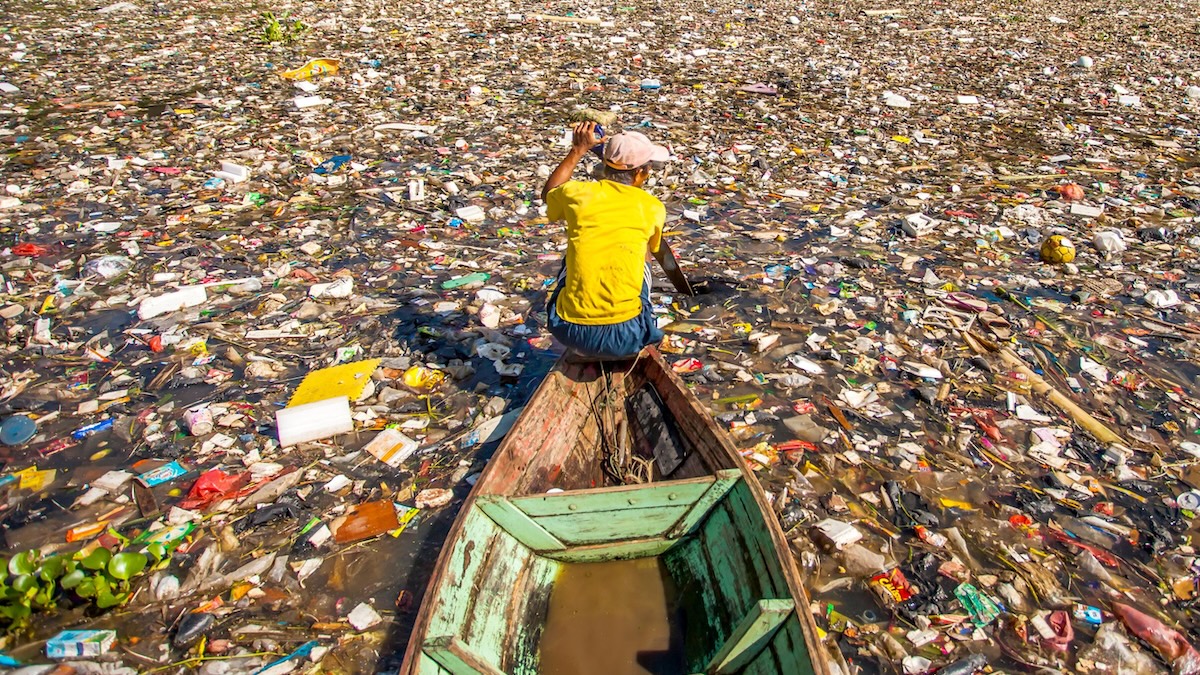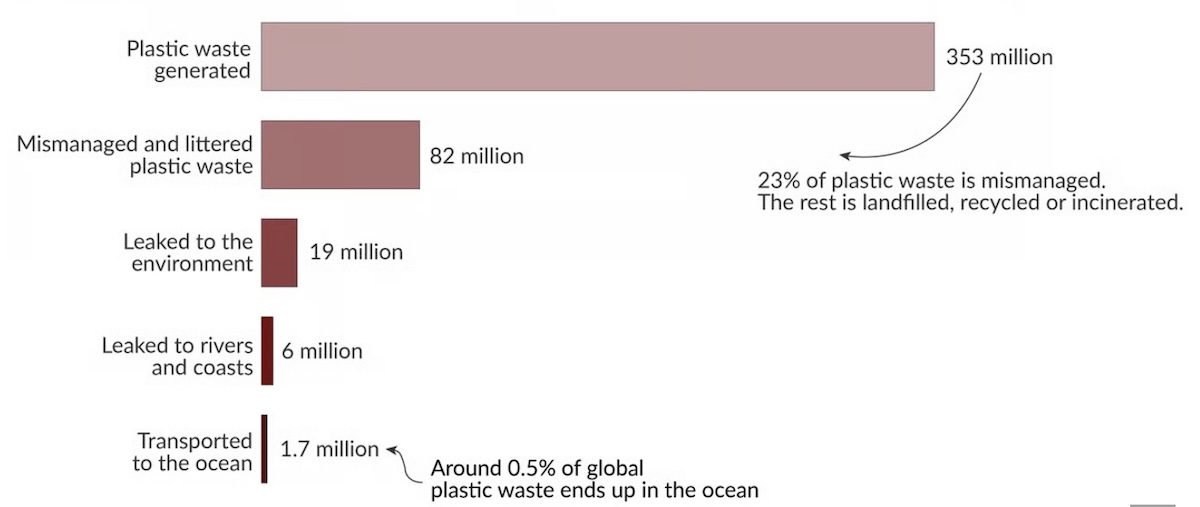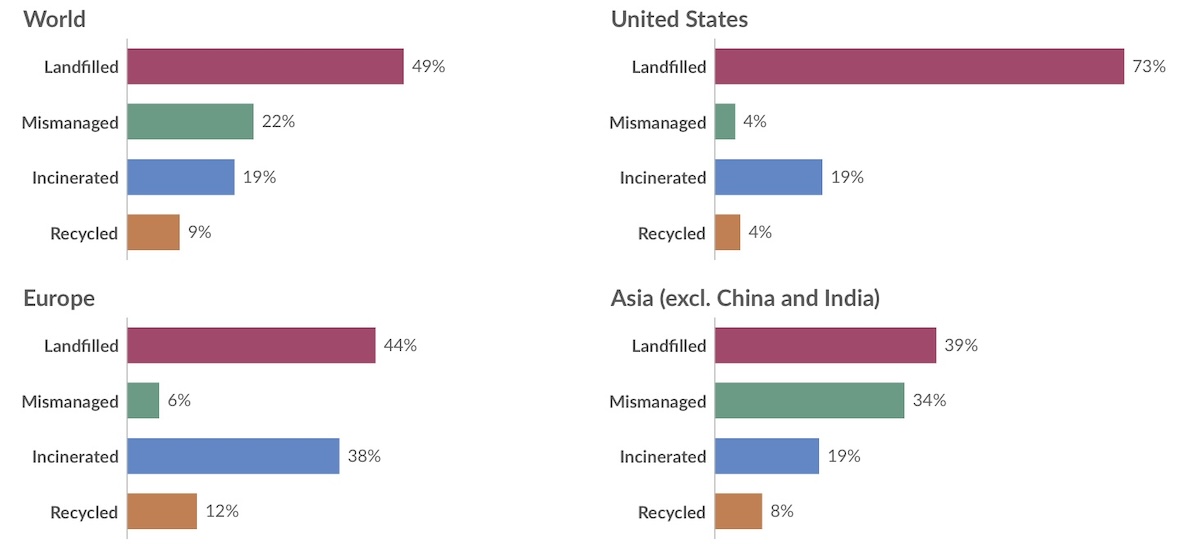Plastic Pollution
Compiled by: Yan Vana
Introduction
Plastic production has increased dramatically over the last 70 years as the Earth’s human population has grown. In 1950, with a global population of 2.5 billion, the world produced just 2 million tonnes of plastic. It now produces over 450 million tonnes per year.
Despite the low cost and versatility of plastic, when plastic waste is mismanaged – not recycled, incinerated, left on landfill sites – it becomes an environmental pollutant. 1 to 2 million tonnes of plastic enter the oceans every year, harming wildlife and ecosystems.

Key Facts
Plastic production has more than doubled in two decades.
Despite the first plastic being produced in 1907, rapid growth in global plastic production didn’t begin until the 1950s. Over the next 70 years, annual production of plastics has increased almost 230-fold to over 450 million tonnes per year.
In just in the last two decades, global plastic production has doubled.
Of the 450 million tonnes of plastic produced each year, over 350 million tonnes becomes plastic waste.
0.5 per cent of plastic waste ends up in the oceans.
Although estimates vary, recent high-quality studies suggest that between 1 and 2 million tonnes of plastic enter the oceans annually.[1]
That equates to 0.5 per cent of all plastic waste ending up in the earth’s oceans.
The chart below illustrates that around 23 per cent of all plastic waste is mismanaged, making it vulnerable to polluting the environment.

Data source: OECD Global Plastic Outlook (2022)
Only a small proportion of plastic is recycled.
A common misconception is that most plastic is recycled. In reality, only 9 per cent of the world’s plastic is recycled.
Half of the world’s plastic still goes straight to landfill sites. Another 22 per cent is mismanaged, increasing the risk of it transferring to rivers, lakes, and the oceans.
19 per cent of the world’s plastic is incinerated. With plastic almost entirely made from oil and gas, burning it is essentially like burning fossil fuels. For every tonne of dense plastic burned, more than two tonnes of CO2 is released into the atmosphere.
The following chart gives the breakdown of waste management strategies across global regions.

Data source: OECD Global Plastic Outlook – Plastic waste by region and end-of-life fate (2023)
Additional Facts
If current growth trends continue, global plastic production could reach 1,100 million tonnes per year by 2050.[2]
Global plastic production is expected to triple by 2060.[3]
In 2022, China produced 32 per cent of the world’s plastic, with North America producing 17 per cent.[4]
Data Sources
[1] OECD (2022), Global Plastics Outlook: Economic Drivers, Environmental Impacts and Policy Options – OECD Publishing, Paris
[2] United Nations Environment Program
[3] OECD press release 3 June 2022
[4] Statista – Annual production of plastics worldwide from 1950 to 2023


